Quebec City, located in the Canadian province of Quebec, is renowned for its distinctive and historic architecture, which reflects its rich cultural heritage and European influence. The city’s architecture is a testament to its long history, as it was founded in 1608, making it one of North America’s oldest cities. Here are some key architectural features and styles that characterize Quebec City:
- Old Quebec (Vieux-Québec): This is the heart of the city and is divided into two main parts, Upper Town (Haute-Ville) and Lower Town (Basse-Ville), both of which are designated as UNESCO World Heritage Sites. The architecture in Old Quebec is a blend of French and British influences, with a strong emphasis on preserving historical structures. You’ll find well-preserved 17th and 18th-century buildings, narrow cobblestone streets, and charming townhouses.
- Château Frontenac: This iconic hotel is perhaps the most recognizable symbol of Quebec City. Designed in the style of a European castle, the Château Frontenac dominates the skyline of Old Quebec. It was built by the Canadian Pacific Railway in the late 19th century and combines elements of the Château style with Gothic and Renaissance architectural details.
- Religious Architecture: Quebec City is known for its many historic churches and cathedrals. The Basilica-Cathedral of Notre-Dame de Québec is one of the oldest cathedrals in North America. Its architectural style is a blend of Baroque and Neo-Classical elements, with a stunning interior.
- Fortifications: Quebec City is known for its fortified walls, the only remaining city walls in North America north of Mexico. These walls are part of the city’s military history and are well-preserved. They include gates and defensive structures, adding to the city’s unique architectural character.
- Art Deco and Art Nouveau: In addition to its historic architecture, Quebec City has examples of Art Deco and Art Nouveau buildings from the early 20th century. These styles can be seen in various structures, such as theaters, hotels, and commercial buildings.
- Colonial and Victorian Architecture: Many houses in Quebec City reflect the colonial and Victorian architectural styles. You can find charming row houses with gabled roofs, ornate facades, and colorful exteriors, especially in areas like Saint-Jean-Baptiste and Saint-Roch.
- Modern Architecture: While the city is known for its historic architecture, it also has contemporary buildings and structures that showcase modern design. These can be seen in the business district and some residential areas.
Overall, Quebec City’s architecture offers a unique blend of old-world charm, historical significance, and modern elements. The city’s commitment to preserving its architectural heritage, combined with its picturesque setting along the St. Lawrence River, makes it a captivating destination for those interested in history and culture.

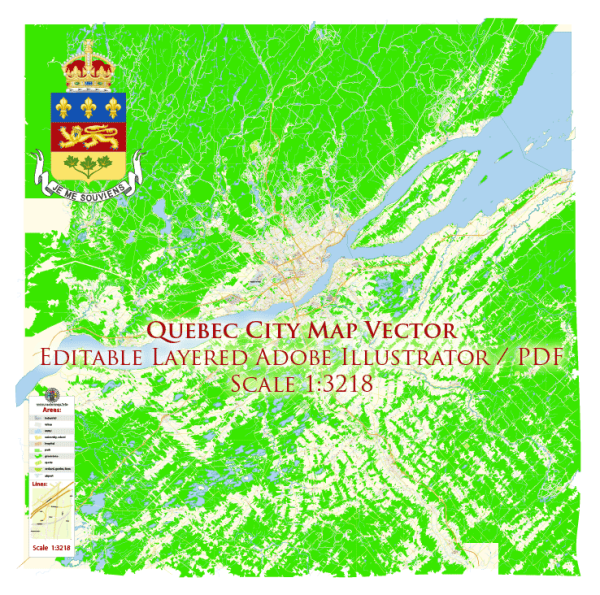
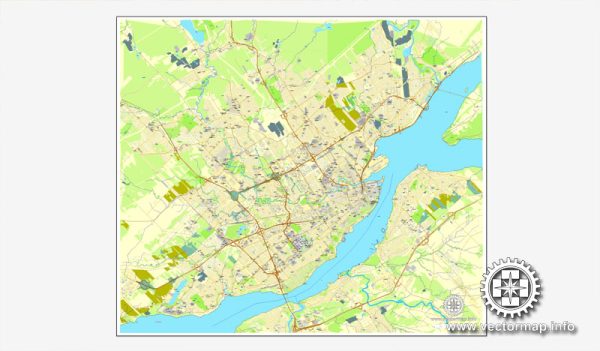
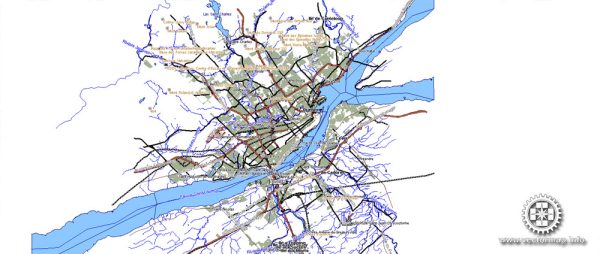
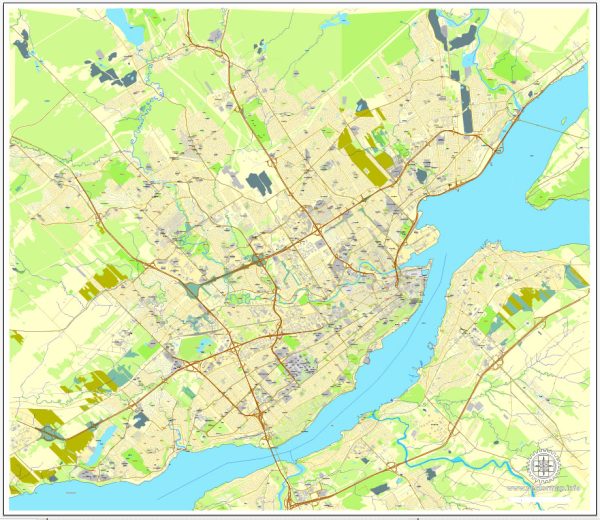
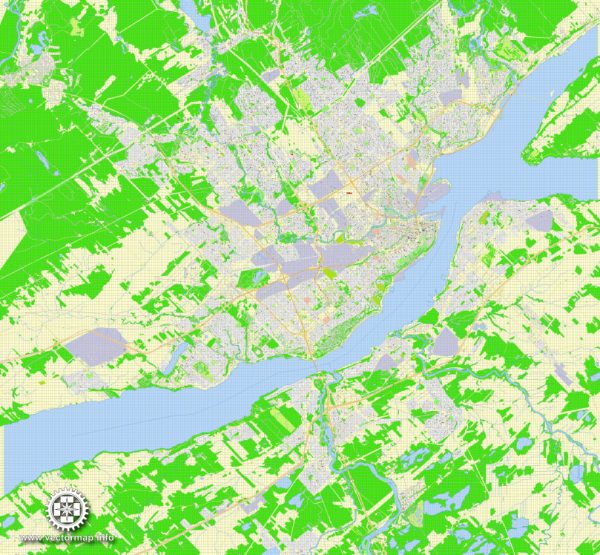
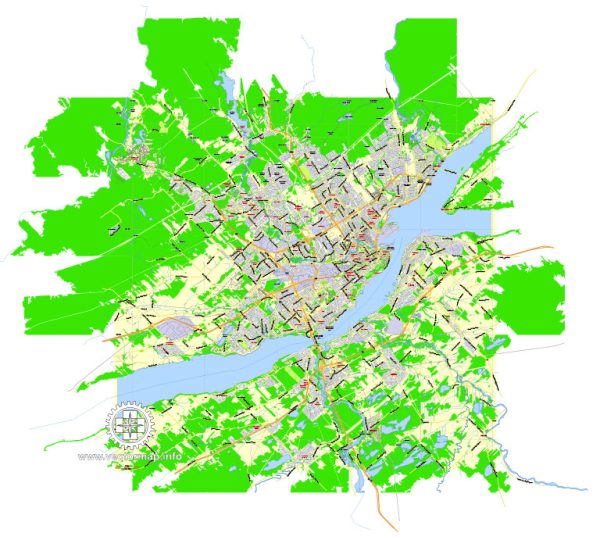
 Author: Kirill Shrayber, Ph.D.
Author: Kirill Shrayber, Ph.D.